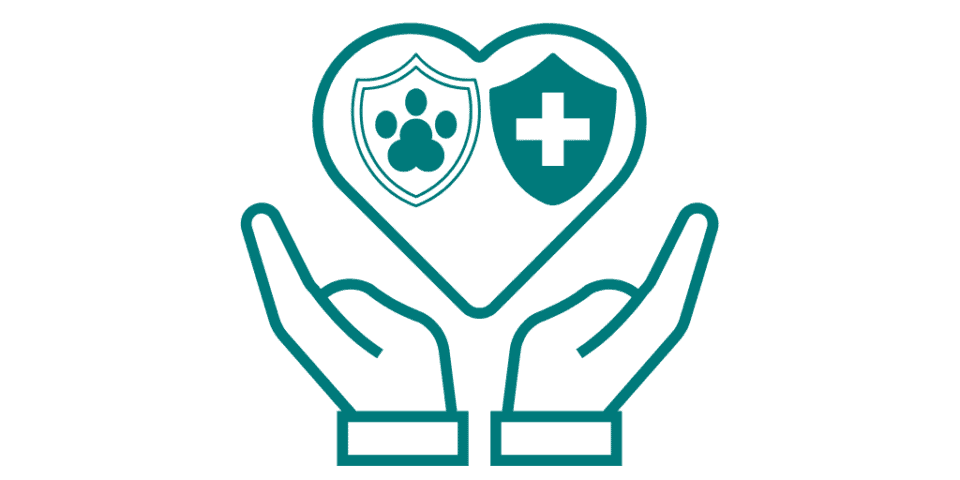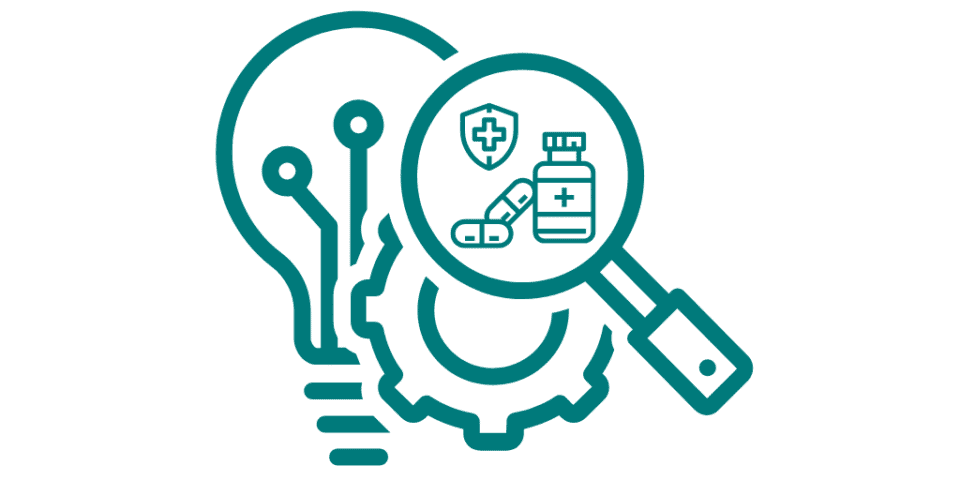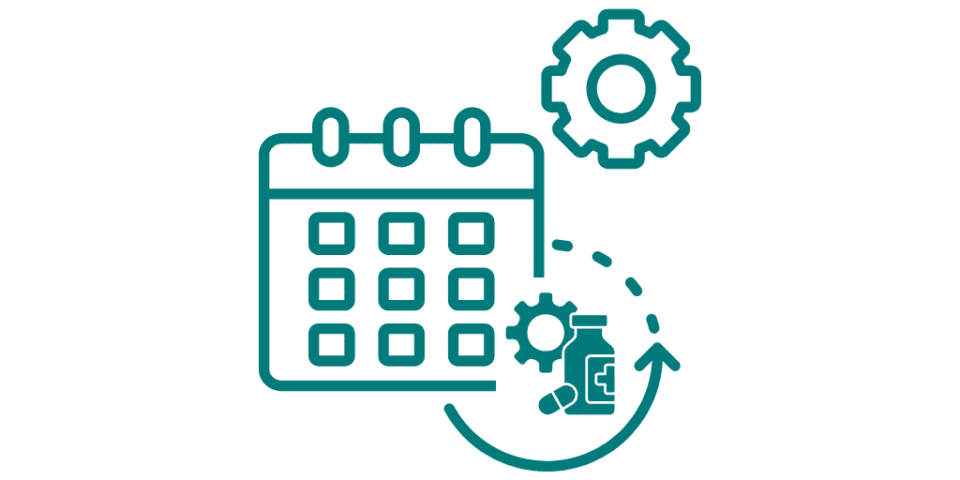
Navigating the regulatory pathways for drug approvals in the U.S. can be complex, especially when determining whether a Biologics License Application (BLA) or a New Drug Application (NDA) is the appropriate route. While both serve as formal requests for market approval from the FDA, they apply to different types of therapeutic products and have distinct regulatory requirements.
What is a Biologics License Application (BLA)?
A Biologics License Application (BLA) is submitted to the FDA’s Center for Biologics Evaluation and Research (CBER) for approval of biological products. Biologics include:
- Monoclonal antibodies
- Vaccines
- Cell and gene therapies
- Blood and plasma-derived products
- Recombinant proteins
BLAs are governed by the Public Health Service (PHS) Act, which mandates stringent requirements for manufacturing consistency, potency, purity, and safety. Given the complexity of biologics, additional regulatory scrutiny is often required to ensure batch-to-batch consistency and long-term stability.
What is a New Drug Application (NDA)?
A New Drug Application (NDA) is the submission process for small-molecule drugs regulated under the Federal Food, Drug, and Cosmetic (FD&C) Act. These drugs are typically chemically synthesized and include:
- Oral tablets and capsules
- Injectable drugs
- Topical creams and ointments
- Inhalation drugs
NDAs require comprehensive data on the drug’s pharmacokinetics, pharmacodynamics, safety, efficacy, and manufacturing standards. The goal of the NDA is to demonstrate that the drug is both safe and effective for its intended use.
Key Differences Between BLA and NDA
1. Regulatory Oversight and Governing Laws
BLAs are regulated under the PHS Act, while NDAs fall under the FD&C Act. This distinction influences the level of scrutiny and specific requirements for each application type.
2. Product Type
- BLAs cover complex biological products derived from living cells, making them more variable in nature and requiring specialized manufacturing processes.
- NDAs pertain to chemically synthesized drugs with more predictable and stable properties.
3. Review Divisions
- BLA: Primarily reviewed by CBER, although certain biologics, such as monoclonal antibodies, are reviewed by CDER.
- NDA: Always reviewed by CDER, which oversees traditional pharmaceutical drugs.
4. Manufacturing Requirements
Biologics require extensive Chemistry, Manufacturing, and Controls (CMC) documentation to demonstrate lot-to-lot consistency. Cell-based and gene therapies, in particular, demand rigorous validation of the production process. In contrast, small-molecule drugs under an NDA follow well-defined Good Manufacturing Practices (GMPs) that are more standardized across different products.
5. Clinical and Preclinical Data Requirements
- BLAs must present comparability studies to confirm that manufacturing changes do not impact product efficacy or safety.
- NDAs focus more on bioequivalence and stability data, ensuring the drug performs consistently in different formulations.
Choosing the Right Pathway for Your Product
For companies developing novel therapies, determining whether to file a BLA or an NDA depends on the nature of the product:
- If the drug is a biologic, such as a monoclonal antibody or gene therapy, a BLA is required.
- If the drug is a small-molecule compound, such as an oral or injectable medication, an NDA is the appropriate pathway.
- Hybrid products, such as antibody-drug conjugates, may require discussions with the FDA to determine the correct regulatory approach.
Looking for Guidance on your Regulatory Strategy?
Understanding the differences between a BLA and an NDA is essential for pharmaceutical companies planning to bring new therapies to market. While both applications require extensive data on safety, efficacy, and manufacturing quality, the choice between a BLA and an NDA is dictated by the product's composition and mechanism of action. Companies should engage with regulatory agencies early in the development process to ensure compliance with FDA requirements and streamline the approval process.
For expert guidance on regulatory strategy and submission preparation, DS Inpharmatics provides comprehensive consulting services. Contact us today to learn how we can support your BLA or NDA submission.




